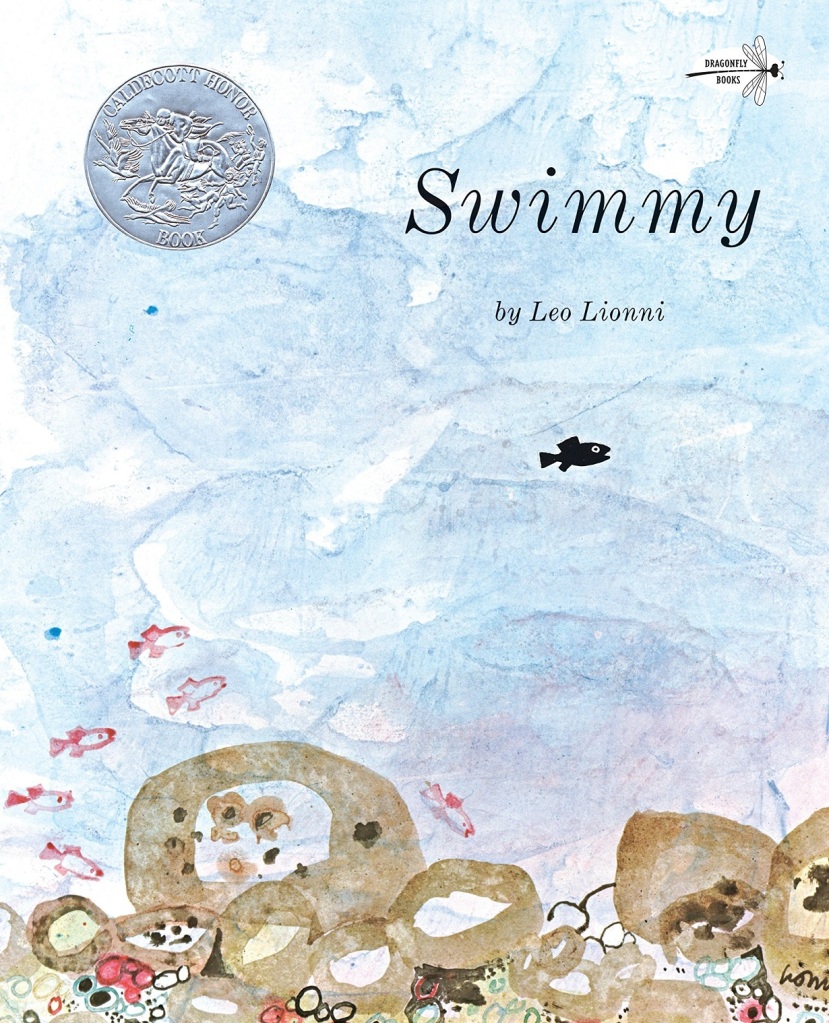Today, I’m interviewing someone I love. Kathy is a retired educator, mother of four children, and grandmother of 11 grandchildren. She has read picture books, used them at work, and created some for her family. Today she’s sharing perspectives she’s gained from more than 70 years of picture-book reading!

Melinda: What is the first picture book you remember reading as a child?
Kathy: I remember having The Little Engine That Could read to me when I was very young. In fact, it became a family rule of sorts. None of us where allowed to say that we couldn’t do something. We all had to say, “I think I can. I think I can. I think I can.”
Melinda: What was your favorite part of reading books with your children when they were small?
Kathy: I loved settling on the couch or bed with little people cuddled on each side and on my lap as we shared a fun adventure together. Sharing a book with a little one is such a loving thing, and it expands their world beyond just home and neighborhood as well. I especially enjoyed sharing with them the picture books I had loved as a child.
I also loved the way that books can teach life lessons by stories without being preachy. It reminds me of how Jesus taught by parables. He made us, and He knows humans relate to stories. Also the stories are about someone else and not pointed at us, so it is easier to not be defensive and just learn from them.
Melinda: When you began sharing picture books with your grandchildren, how had they changed from the books you remember reading to your children?
Kathy: That is a hard question. There are certainly many more stories available. I think there is more diversity now, in a positive way. And the production of books now is advanced, so some of the pictures are more sophisticated and nuanced, and less cartoony or simple. On the other hand, some illustrators now do simple drawings to reach out to children, and those are great.
Melinda: What are some books that both your children and your grandchildren enjoyed? Why do you think they worked so well for both generations?
Kathy: I actually read some books that have worked for three generations – my childhood, my children’s childhood, and now my grandchildren’s. I think there are some universal human experiences that resonate through the ages. An example, to return to The Little Engine That Could, is the experience of not having the resources many have and yet keeping a positive attitude and making the best of what you have. This kind of approach is admired and appreciated by others, and it comes across in the story without being preachy.
Melinda: How did you use picture books as an educator?
Kathy: Many educators try to relate different subject matter to make a more connected whole of a concept. When I wrote elementary math curriculum, we used picture books to get across ideas in an appealing way and to illustrate without making a point of it that math is part of everyday life. For just one example, there is a wonderful picture book called The Doorbell Rang that worked very well for teaching fractions and, incidentally, sharing as well.
Melinda: How can authors and publishers make a picture book especially effective for classroom use?
Kathy: This is tricky. Many authors have tried this, and few really succeed. I think many books like this are too conscious of trying to teach rather than just sharing a good story that can then be applied to a concept in some school subject. I guess I would say to start with a good story you are excited about, and if it is true to life in reality or imagination, then it might easily be applicable in a subject. For example, if you love quilting, write a story about quilts. There are actually already a number of good quilt stories that can be used to teach history about the Civil War and Underground Railroad, or about geometric shapes and repeating patterns.
Melinda: What is the funniest picture book you remember reading?
Kathy: I always loved Amelia Bedelia stories. If you have never read one, give yourself a treat and find one at the library. Amelia is a literalist who misinterprets the meaning of words because of the way they are used colloquially. I chuckled all the way through each of them. Words are such fun – used or misused, they are still fun. Some of the funniest things I remember as a teacher were mistakes students made from misusing words – for example, the youngster who wrote about how effective “gorilla warfare” was.
Melinda: What is the most important picture book you’ve read? Why?
Kathy: How to choose?! Well, we used many different Bible picture books with our children for evening worship each night, and these made the stories more real. Since our daily life is not like it was in Bible times, something that helps us understand the meaning is really important. Other than that, I think the story Beginning with Mrs. McBee by Cecil B. Maiden is outstanding as it demonstrates with humor and humanity the concept of passing good on rather than paying it back. I have read this with our children and grandchildren and still love it regardless of how often I read it.




